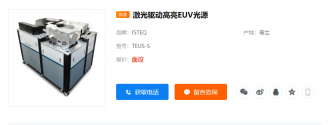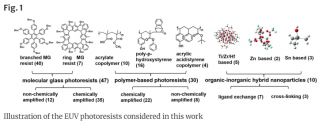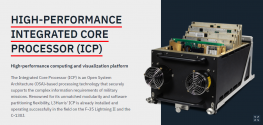How the heck they generate EUV with this little setup? It doesn't have the room sized high power laser to zap the droplet.
I think they talk about the control and regulate the already generated EUV among the others rather than generation. But where they got their EUV from?
It has long been possible to generate small amounts of EUV in a lab setting with existing industrial lab equipment and processes - brief millisecond pulses at sub-watt power levels for materials testing and physics. But this is far from what's needed for high volume commercial chip lithography which requires hundreds of watts of light output and EUV pulses occurring so quickly it appears continuous, not to mention all the ancillary systems like tin debris management and thermal expansion that isn't a problem in a lab setting.







